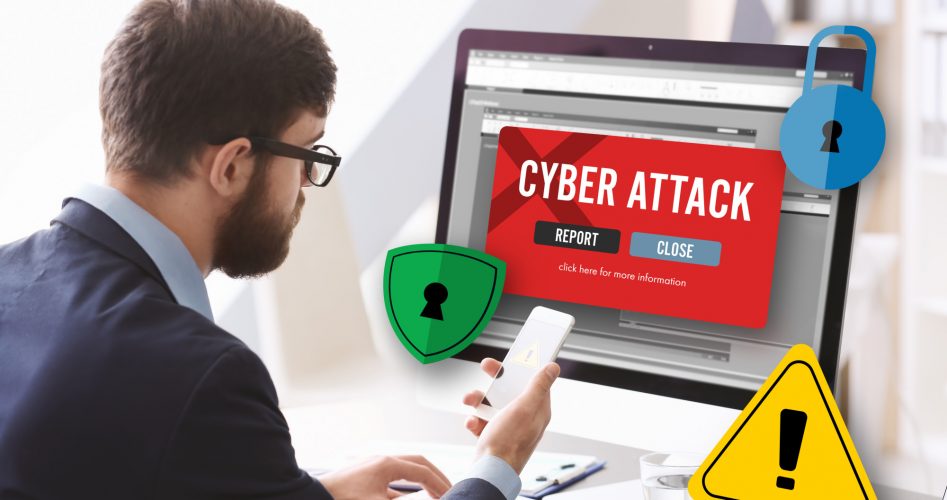“That’s all small talk is – a quick way to connect on a human level – which is why it is by no means as irrelevant as the people who are bad at it insist. In short, it’s worth making the effort.”— Lynn Coady
Introverts naturally despite small talk because, in some ways, it seems forced or unnatural. However, deeper connections have to begin somewhere, which means sitting through a few generic conversations to start with. An easy question like “What do you do for work?” can easily lead to other exciting topics. Just because the discussion doesn’t include in-depth issues right off the bat doesn’t mean you shouldn’t get to know someone.
If you think about it, all connections begin with some form of small talk that an introvert seems to dread. Thinking back to your very first date with your significant other. You can probably recall it being a little awkward. You may also have not talked about anything beyond surface-level stuff, like your jobs, family, or favorite movies. Humans need to build up a level of comfort before they delve into the more complex or sensitive conversation.
An introvert doesn’t digest this well, however, as they have a more challenging time with small talk. They crave stimulating, deep conversations and want to skip the awkward phases. Many introverts (and maybe even some extroverts) find typical conversation topics uninteresting and impersonal. For introverts, the societal rules surrounding social interactions between new people seem oppressive and inauthentic.
Why introverts hate small talk
- It usually lacks in depth and meaning. Introverts need either in-depth intellectual discussion or an emotional connection. They don’t want to know “what’s up.”
- It creates barriers between people. Talking about societally acceptable topics such as jobs, the economy, or kids gets boring for introverts. They believe this doesn’t allow room actually to get to know someone on a soul level.
- It seems forced or fake. An introvert needs authenticity, and small talk seems like the exact opposite of that. They crave conversations where they can get lost for hours and truly vibe with someone.
- Small talk lacks real emotion. Since introverts thrive on emotional connections, small talk drains them. They may overshare when getting to know someone because of this.
If you have trouble with small talk as either an introvert or extrovert, perhaps the following tips can help you.
9 Ways to Master Small Talk (Even as an Introvert)
1 – Ask the other person to tell a story, or suggest one yourself.
If you feel unsatisfied in your conversation with someone, maybe ask them to tell a story about themselves. People usually love to tell personal information about themselves, which gives you a chance to get to know them. Try these questions when the conversation stalls or you want to shift in a new direction:
- “What’s the most interesting thing about your job?”
- “What’s your favorite thing about where you grew up?”
- “How did you choose your career/job?”
- “What would you do to earn an income if money was no object?”
- “What is the coolest place you’ve traveled to?”
These questions don’t cross any lines or push boundaries, so they still fit in with small talk. However, they allow you to get a little more out of a person than the usual questions. They can also make great icebreakers that lead to even more in-depth conversation.
2 – Be authentic.
Introverts crave authentic conversation and people but may have trouble expressing themselves honestly. However, if you want to attract these types of people, you have to be bold. Don’t pretend or hide who you are for the sake of fitting in. People love honesty, and if you don’t want boring conversation, bring something interesting to the table.
Express your real thoughts and feelings, even if you feel afraid of what others may say. Just remember that your people will love your realness, and the people meant for you will stick around. Not everyone will love you, but don’t let this stop you from being yourself.
For example, if you find yourself at a party, you can use these as your guide:
- “I honestly don’t go to parties much. I feel kind of awkward being here.”
- “I am kind of bashful at first, but I warm up after a while.”
- “I’m better at listening than talking, honestly.”
- “Sometimes, I want to walk away from my job and travel. Do you ever feel that way?”
- “It took all my energy to come to this party! Being an introvert is hard.”
Of course, you can tweak these to fit your personality and life circumstances. This will hopefully give you a few fresh topic ideas for your next social event, though, and help you feel more comfortable.
3 – Share small details about yourself.
It would help if you did not get too deep with this, but sharing facts about yourself helps others feel comfortable, too. For example, you could talk about what you love to do after work or a cool place you recently traveled to. Small talk doesn’t have to equate with the mind-numbing, flat conversation. The more you contribute and share, the more others will follow your lead.
4 – Ask more why questions.
If you ask someone’s favorite ice cream flavor, you get an answer and then move on to something else. However, when you ask why questions, it helps the conversation expand. For example, if you ask someone about their career, you could ask why they chose it. This could apply to anything, such as why someone prefers nighttime to daytime or why they drink black coffee.
Simply put, asking people why makes them contemplate their answer more, which can lead to some interesting conversation avenues.
5 – Keep in mind that small talk can boost your happiness.
If you have an aversion to small talk, keep in mind that even an introvert can benefit from a brief conversation. In fact, studies have proven that idle chit-chat or “shooting the breeze” increases feelings of belonging. It also boosts people’s happiness, whether they had a quick conversation with a mailman or their barista. Humans were wired for connection, but in our fast-paced world, we often miss out on it.
We spend train rides staring at our phone screen or listening to music instead of saying hi to the person next to us. However, this disconnection only increases tension and anxiety. If you want to feel more engaged with your surroundings, smile at a stranger or give a compliment to your neighbor. You’ll feel better, even as an introvert.
6 – Don’t overthink it.
We realize that overthinking and introvert often belong in the same sentence, but they don’t have to! We overcomplicate so many mundand things in our lives by thinking about them too much. When you socialize with people, go with the flow and don’t force conversation. Listen if you feel more comfortable doing that, and talk when you have something to contribute.
If you worry about awkward silences, remember that the other person probably feels the same way. Try to remember that other people are human too and that we all have some degree of social anxiety. If you genuinely listen and act friendly toward people, you’ll make a good impression.
7 – Talk about something meaningful to you.
Small talk only gets a bad rap because people expect of others what they won’t give themselves. In other words, conversations with people don’t have to stay superficial and devoid of meaning. If you want to steer any conversation in a different direction, talk about things you enjoy. Perhaps the other person will find the topic just as interesting and have a lot to contribute as well.
8 – Try to find some common ground.
Maybe you and other people have similar hobbies or went to school for the same degree. Finding common ground with people helps you establish a bond and perhaps a friendship. If you find similarities between you and someone else, you’ll feel less awkward during small talk.
9 – Listen and be engaged with the conversation.
You don’t have to talk constantly to have a good connection with someone. Do not put a lot of added stress on yourself about what you’ll say next. Instead, practice active listening, don’t look at your phone while they talk, and smile when appropriate. If you decide to look forward to social interactions rather than dread them, it could change your whole outlook on small talk.
Final thoughts about how to master small talk as an introvert
Many introverts loathe small talk, but perhaps it just requires a change in perspective. Instead of dreading it, think about how you and the other person can benefit from it. What can you learn from the other person? What can you share with them that could improve their life? Look at social interactions as a chance to make an impact on someone’s life and vice versa.
This way, you’ll start looking forward to small talk instead of wanting to avoid it at all costs.







